I have small hump on my nose (dorsal) part of the prominence resulted from and injury and part I feel was inherited? I never really noticed before I broke my nose. Anyway, I was wondering what the risks were to shave it down?
Are there any risks later on down the road as I get older; changes in appearance from the front, nose drooping, or having extra skin? I found a pic online of what mine looks similar to. My "hump" is a little higher (further from the tip, closer in relevance to my eyes) but its about the same size. Thanks.
Answers (22)
From board-certified doctors and trusted medical professionals
Dr. Ali Sajjadian, MD, FACS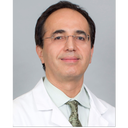

Dr. Ali Sajjadian, MD, FACS
Board Certified Facial Plastic Surgeon
Answer
Dr. Jonathan Kulbersh, MD

Dr. Jonathan Kulbersh, MD
Board Certified Facial Plastic Surgeon
Answer
Dr. Sirius K. Yoo, MD

Dr. Sirius K. Yoo, MD
Board Certified Facial Plastic Surgeon
Answer
Dr. Philip J. Miller, MD, FACS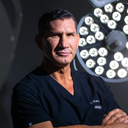

Dr. Philip J. Miller, MD, FACS
Board Certified Facial Plastic Surgeon
Answer
Dr. Richard J. Bruneteau, MD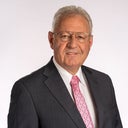

Dr. Richard J. Bruneteau, MD
Board Certified Plastic Surgeon
Answer
Dr. Paul S. Nassif, MD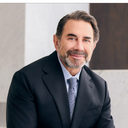

Dr. Paul S. Nassif, MD
Board Certified Facial Plastic Surgeon
Answer
Dr. Otto Joseph Placik, MD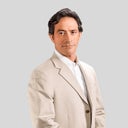

Dr. Otto Joseph Placik, MD
Board Certified Plastic Surgeon
Answer
Dr. Eric M. Joseph, MD

Dr. Eric M. Joseph, MD
Board Certified Facial Plastic Surgeon
Answer
Dr. Scott Trimas, MD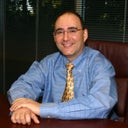

Dr. Scott Trimas, MD
Board Certified Facial Plastic Surgeon
Answer
Dr. Toby Mayer, MD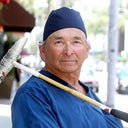

Dr. Toby Mayer, MD
Board Certified Facial Plastic Surgeon
Answer
More Rhinoplasty Questions
See all Rhinoplasty Q&AWE SEND PRETTY
EMAILS
What’s trending? Who’s turning heads? Which TikTok myths need busting? We’ve got you. No fluff, no gatekeeping—just real talk. Get our free, unfiltered newsletter.
